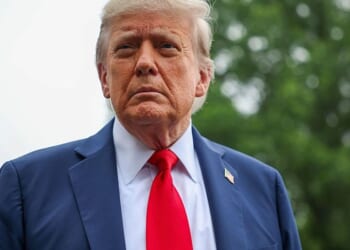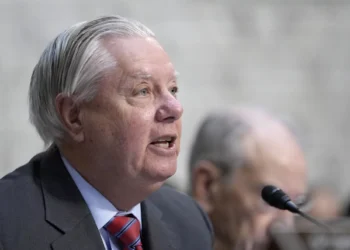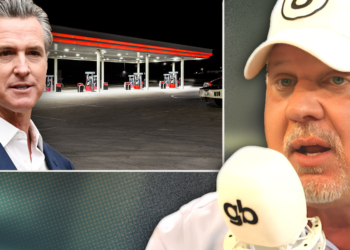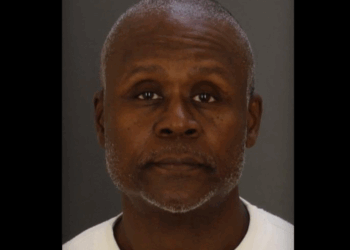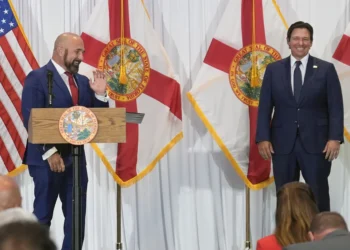As recently as two months ago, the Nobel Prize-winning economist James Robinson (2024) warned that Donald Trump’s policies put the country at risk of a full-scale economic collapse. Fellow laureate Paul Krugman (2008) claimed the president had already engulfed the country in a full-scale crisis. Joseph Stiglitz (2001 maintained that “we will lose this trade war,” while Robert Shiller (2013) compared the chaos Trump’s policies will inevitably create to the conditions “that led to the election of Adolf Hitler” and the beginning of World War II.
Alas, the expert class may once again have overstepped. Much remains still up in the air with regard to Trump’s signature legislative and trade policies, but as the One Big Beautiful Bill Act makes progress in Congress and the White House has unveiled its second major trade deal, this time with Vietnam, investors have given their implicit stamp of approval. The S&P 500 reached an all-time high shortly before the New York Stock Exchange closed for the long weekend, while the 10-year Treasury, the benchmark bond that signifies investor confidence in the federal government’s fiscal health, lept at the news of June’s nonfarm payroll.
But most importantly, to the disproportionately working class that put Trump back in office for a second chance, the concrete employment numbers indicate that the economy is still going strong for Americans.
The unemployment rate actually dipped to 4.1% in June, close to a half-century low and near the level that economists consider full employment. Better yet, because inflation has come down more than 20% since Trump took office in January, real average weekly earnings for private-sector workers are up 1.2% as of May. Compare this to the more than 4% decline in paychecks that the average worker experienced under Joe Biden’s presidency, and you can see why Trump’s job approval has remained above 45%.
With the end of the White House’s 90-day pause on its trade war escalation, it is possible that if Trump reverted to the ridiculous tariff rates on his “reciprocal” schedule unveiled during his original Liberation Day, tariffs would actually trigger a rebound in inflation. But thus far, that’s just not borne out in the data.
The Federal Reserve’s preferred inflation measure of core personal consumption expenditures inflation has fallen to 2.7% over the past 12 months, but in the past three, it has plunged to below a 1.7% annualized rate. That’s even lower than the central bank’s 2% maximum inflation target. And the economy still has nearly 8 million unfilled jobs, meaning that for every seven people looking for jobs, there are another nearly eight jobs still vacant.
TRUMP ON A ROLL: BACK-TO-BACK VICTORY WEEKS
The $36 trillion national debt remains a major problem and, as an extension, the weakest performance of the United States Dollar in decades. Treasurys investors — and ordinary Americans — must expect Trump to not only wrap up his trade war with further deals, but also take a second and third bite at the reconciliation apple throughout his term to crack down further on the cost-cutting measures that the Senate Parliamentarian and petty partisan politicking kicked out of the OBBB.
But nearly half a year into Trump 2.0, Americans aren’t experiencing an economic crisis. Rather, they’re enjoying robust job stability, real wage growth, and relief from the worst inflationary crisis in 40 years and the disaster of Bidenomics.


